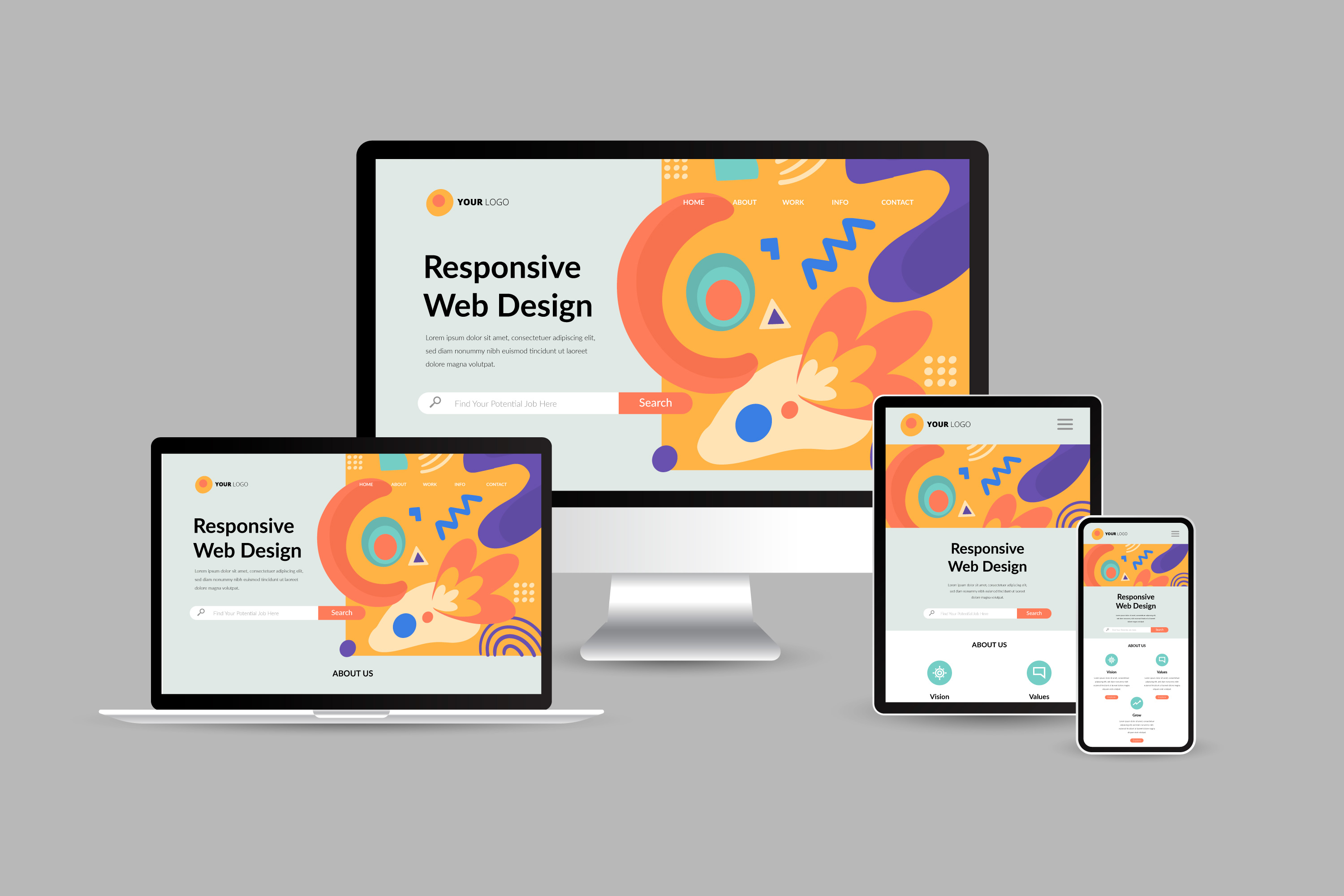Veve Vortex: Exploring the Latest Trends
Stay updated with the latest in news, tech, and lifestyle.
Responsive Web Design: Because One Size Does Not Fit All
Discover why responsive web design is essential for modern websites. One size doesn't fit all—unlock your site's potential today!
Understanding the Principles of Responsive Web Design
Responsive web design is an essential approach in modern web development that ensures websites function effectively across a variety of devices and screen sizes. It involves using flexible layouts, fluid images, and CSS media queries to adapt the content dynamically. This methodology not only enhances user experience but also contributes significantly to SEO, as search engines favor mobile-friendly sites. By implementing responsive design, you can create a seamless browsing experience that retains visitors and improves overall engagement.
Key principles of responsive web design include:
- Fluid Grids: Utilize a grid system that adjusts to the screen size, allowing elements to scale proportionally.
- Flexible Images: Ensure images can resize within their containers to prevent layout breaks on smaller screens.
- Media Queries: Apply CSS rules that enable the webpage to change styles based on device characteristics, such as width and height.
By embracing these principles, web developers can create visually appealing and functional websites that cater to a diverse audience.

How to Optimize Your Website for Multiple Devices
In today's digital landscape, optimizing your website for multiple devices is essential to ensure a seamless user experience. With the growing variety of devices, including smartphones, tablets, and desktops, it's crucial to adopt a responsive design approach. This means your website should automatically adjust its layout based on the screen size and orientation. To achieve this, utilize flexible grids and fluid images, along with CSS media queries that allow you to customize the appearance for different devices.
Additionally, consider implementing mobile-first design principles when creating your website. Start by designing for the smallest screen sizes and progressively enhance the experience for larger devices. This strategy not only improves loading speed on mobile but also ensures essential content is prioritized. Don’t forget to test your website across various devices and browsers to identify and rectify any compatibility issues, ensuring your visitors enjoy a consistent and optimal experience no matter how they access your site.
What Are the Benefits of Responsive Web Design for Your Business?
Responsive web design is essential for businesses aiming to cater to a diverse audience across various devices. By implementing a responsive design, your website automatically adjusts its layout, images, and functionalities to provide an optimal viewing experience, whether a user is on a desktop, tablet, or smartphone. This flexibility not only enhances user experience but also decreases bounce rates, as visitors are less likely to leave a site that is difficult to navigate on their device.
Moreover, adopting a responsive web design strategy can significantly boost your website's SEO performance. Search engines like Google prioritize mobile-friendly sites, leading to higher rankings in search results. This means that businesses with responsive designs are more likely to attract organic traffic, which in turn can translate into increased conversion rates and ultimately higher revenue.